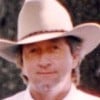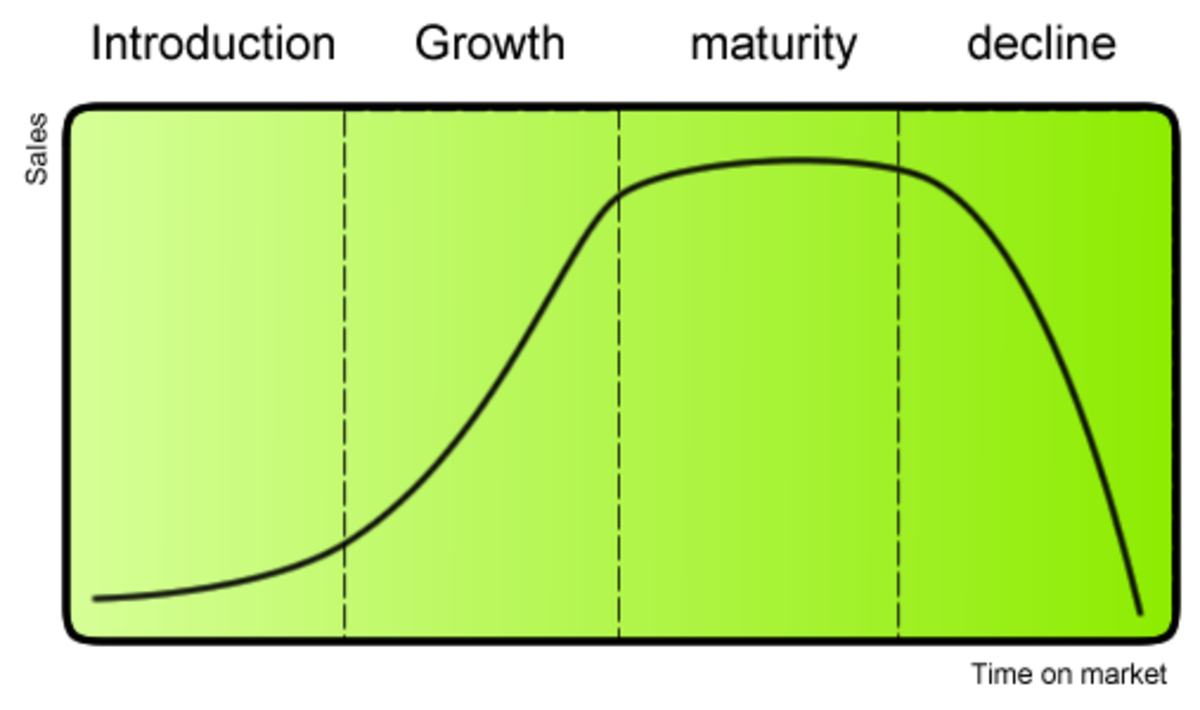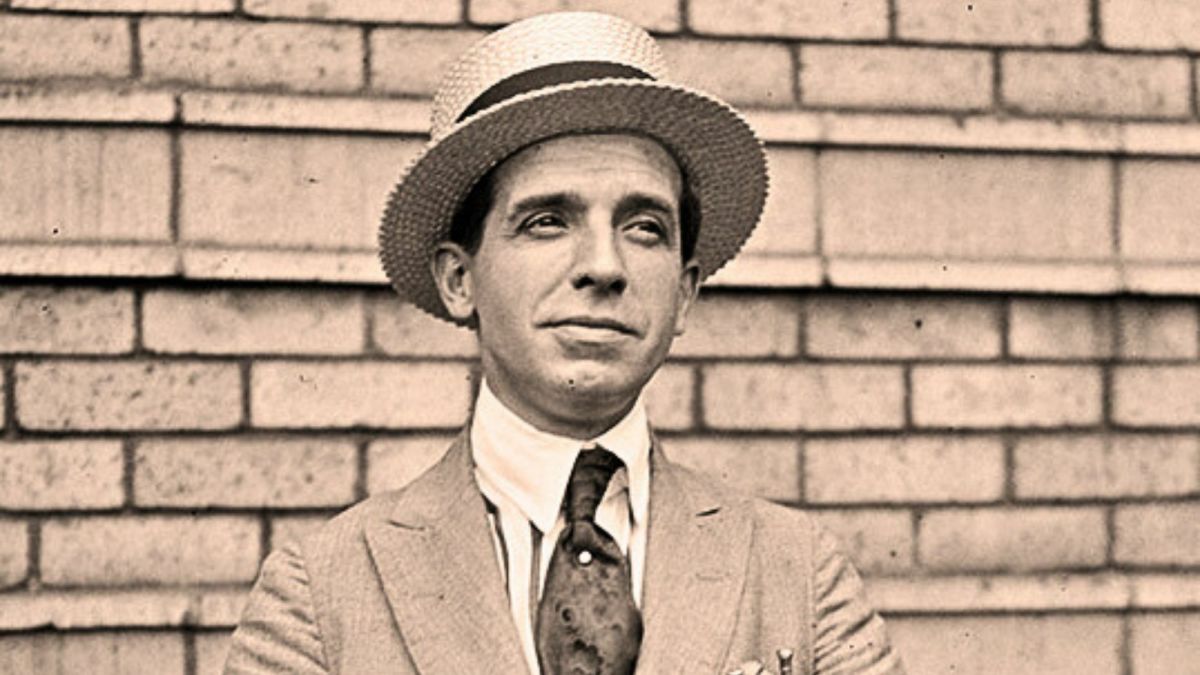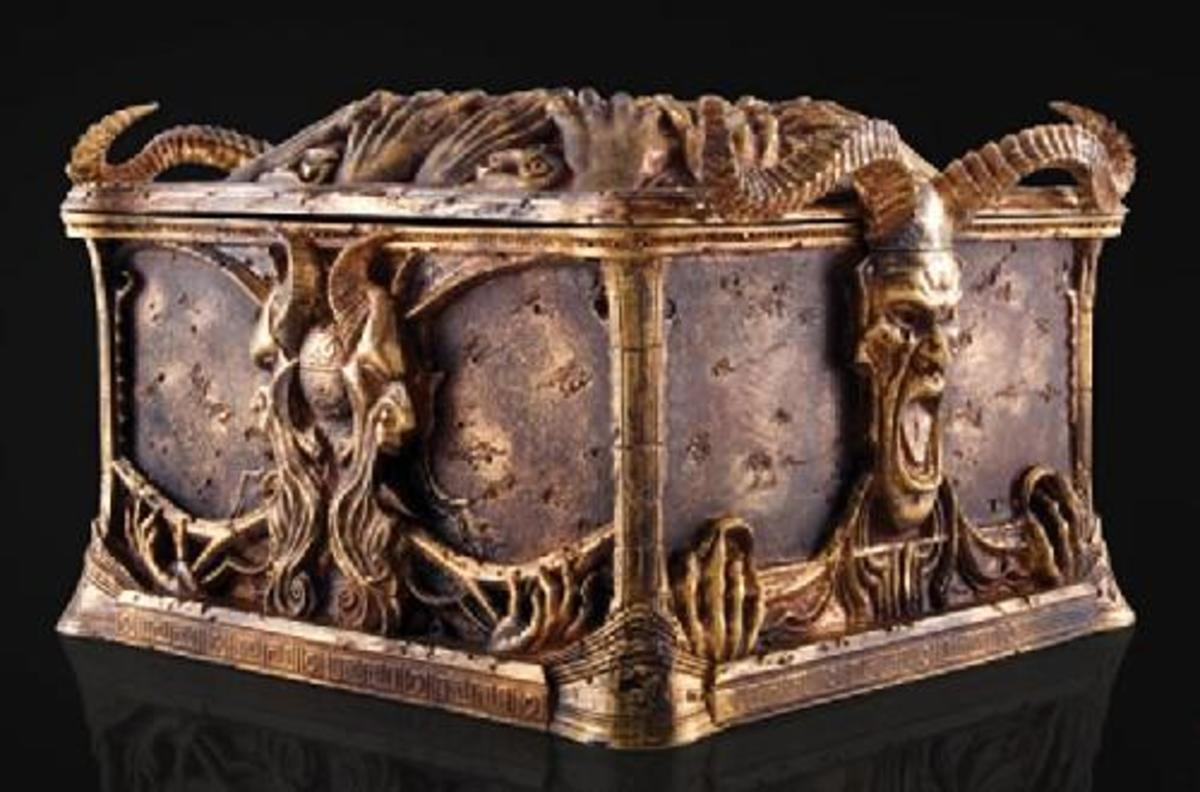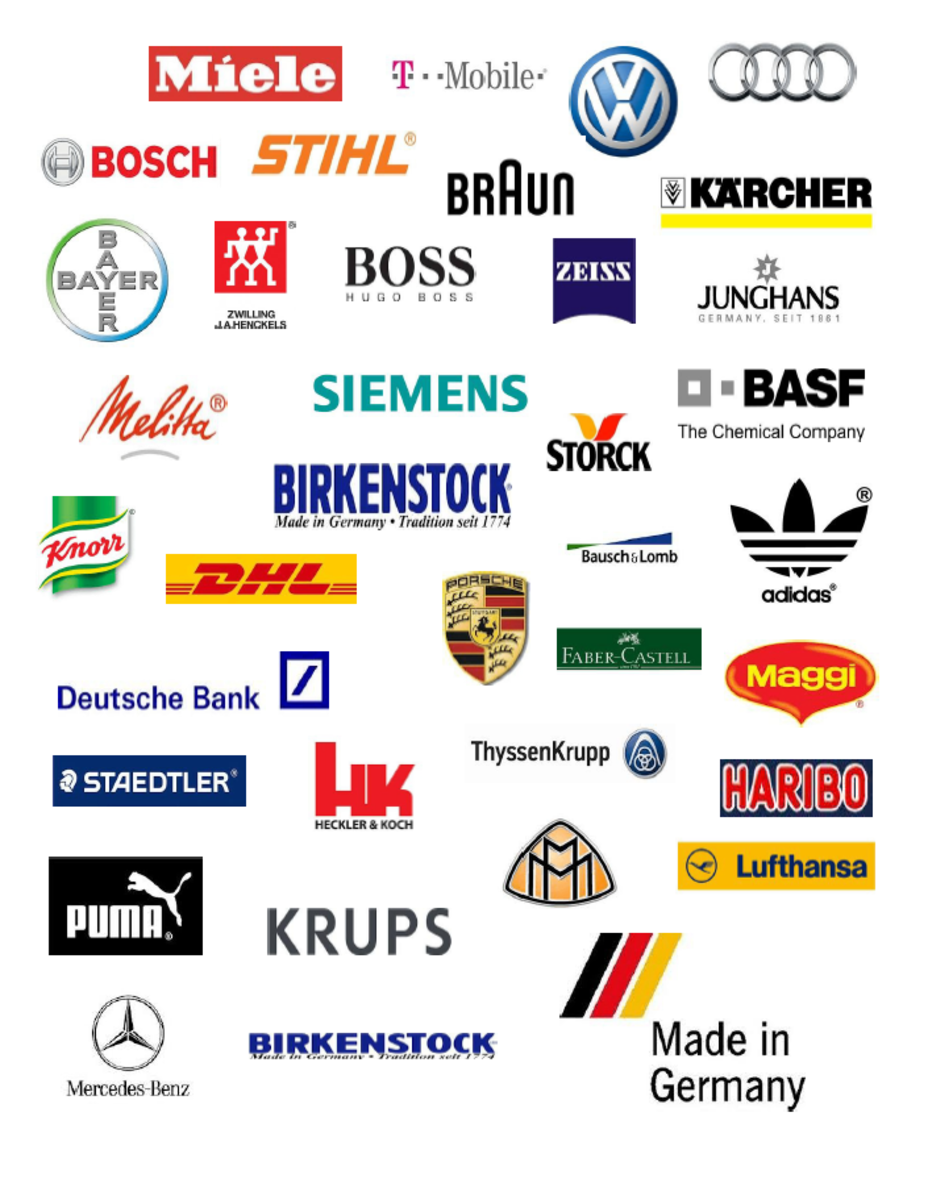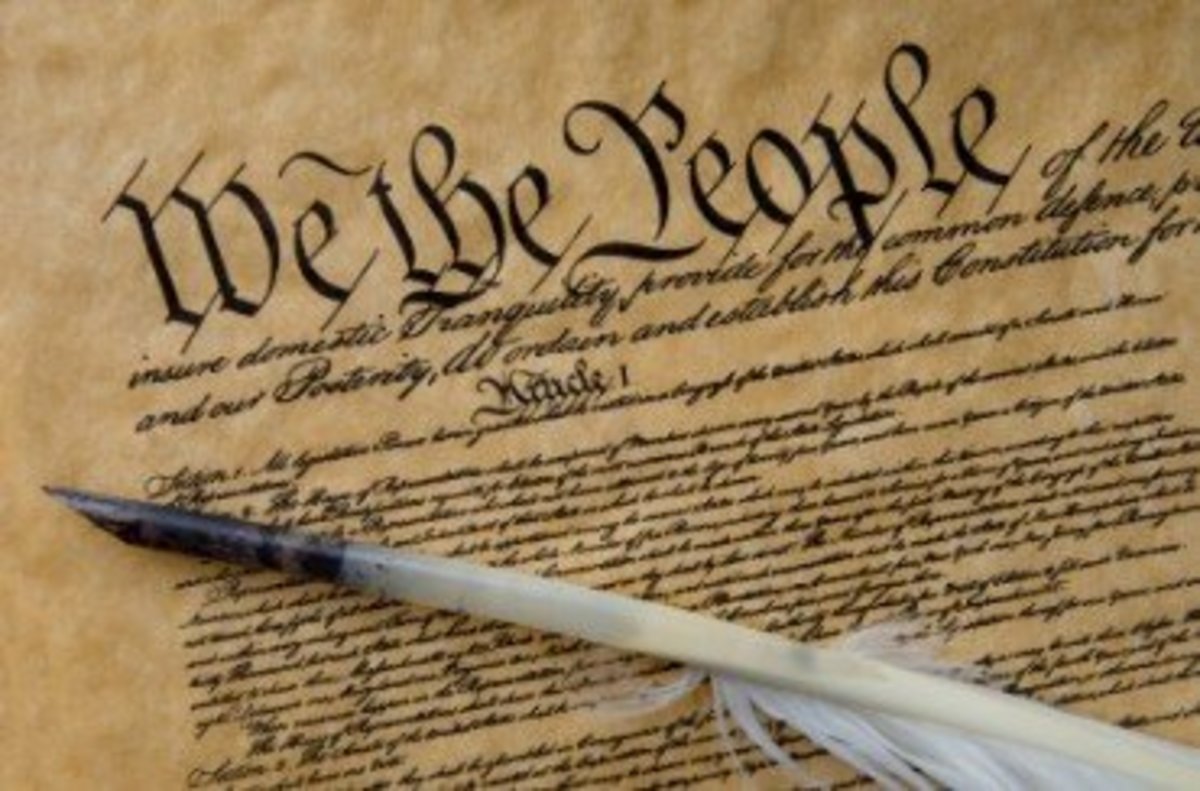American Widget
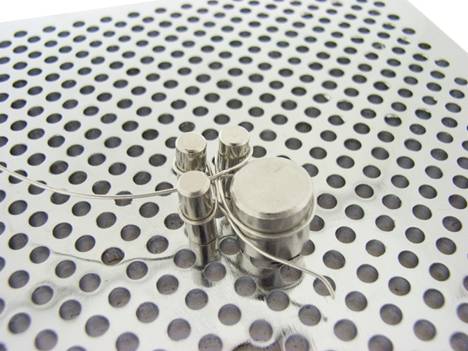
By: Wayne Brown
John grew up and completed his college days in the early 1950’s. He was a licensed engineer by trade but that profession would have to wait as he was called to serve his country, the United States of America, in the Korean War as soon as he graduated from college. He used his engineering skills to further the war effort and support his country. When he returned home from the war, he put his life back into place and began to once again pursue his engineering profession. Along with his focus on work he managed to meet the girl of his dreams and began the process of building a home and family. Life was good and opportunity was all about in these early years of the 1950’s for a man with drive and vision. John had both.
For a number of years John worked for a large company as an engineer. He liked his job but was not totally satisfied in that John had a vision. He was a designer at heart and his mechanical engineering abilities allowed him to put his designs on paper and continuously work to improve them. John had a dream of one day starting his own company which would produce the modern-day widgets which he had designed. His wife and family also shared that dream knowing that this might lead to an even better lifestyle for all of them. John and his wife lived frugally and although they were raising children, they had accumulated a sizeable nest egg by the time they reached their mid-thirties. It was at this point that John and wife, Suzie, decided that it was time to take the plunge.
John went down to the local bank and explained what he wanted to do. He showed his designs and patents to the local banker along with the sizeable nest egg that he and his wife were willing to invest in the effort. John just needed a loan to fill out the rest of the financial needs to create the business that he had dreamed of so long. He was sure that his ideas would revolutionize the widget business. The banker liked what he saw and informed John that his timing was perfect in that the federal government was offering loan guarantees to banks which were willing to back new business development. John beamed with satisfaction; his dream was a step closer to reality.
The nest egg money along with the bank loan allowed John and Suzie to secure the property, erect a building and purchase the necessary machinery to get the business in motion. John had already hired a salesperson who was out drumming up business even before production had started on the new widget design. Backorders were accumulating rapidly. John and Suzie concentrated on hiring good, reliable production workers for the production plant. At the start, the staff was small with the total number of employees totaling ten plus John. Once the setup was complete, Suzie returned to her focus of keeping the home and tending to the needs of the children.
The business came on line rapidly and production of the widgets began with very few problems. Soon the plant was turning out at full production and orders were being filled to customers across the country. Things were going well and the cash flow was steady. Orders continued to come in and finally the level of backorders made it apparent that an expansion would be necessary. John again went to the bank and found the banker pleased with the numbers as he reviewed the first few months of production and sales. The banker agreed to loan John the necessary funds for the expansion. John set his expansion plans into motion and hired a few more employees to support the additional production capability.
At the end of the first year, John’s accountant was reporting record profits for the business. Even with the bank notes paid, there was still a large profit remaining. John was an engineer and he was also a humanitarian. He wanted the best for his employees who had helped him make this business a success. John was an engineer, entrepreneur, a humanitarian but not a businessman. He cared little for the financial side of the business once it was up and running. He cared about his widgets, his people, and his family. On that basis, John talked with Suzie and they decided that the right thing to do would be to take the profits earned from the business and divide them equally among the employees with John and Suzie taking only an employee’s share as well. John’s accountant advised against the plan but John would not hear of it, so the checks were cut and handed out to the employees.
The employees were pleasantly surprised with this additional income in their pockets. The company shut down for a one week break at Christmas time. At the start of the new year, the employees returned to work still excited about this windfall income they had received. John immediately noticed some differences. The parking lot was littered with new cars, expensive new cars and trucks which were driven by the employees. Apparently most of them had invested their share of the profits in new vehicles and other pleasures of life. John had put a share of his into the bank attempting to rebuild his nest egg and used the rest for living expenses. John’s living expenses did not seem to afford the price of a new vehicle but he was glad for his employees.
The company continued to grow and add employees. A number of expansions took place requiring more property, machinery, and people. Soon the company had grown to a size which exceeded the level of small business. John had more than 50 employees. John’s accountant advised him that he must create a pension plan for his workers if he wanted to hang on to them in a competitive market. Other regulatory fees came into play. OSHA became a regular visitor on the site providing John with a list of items which had to be accomplished in order to comply the premises with new laws on occupational safety and handicapped access. Overhead began to go up rapidly and gnaw at the profits. Still, the bank loans were there and needed to be serviced as well. Luckily, the growth in business and a price increase allowed the company to again sustain its profits for the year. At the end of the year, John again advised his accountant to split the profits evenly among the employees allowing himself only an equal share as well.
When the checks were passed around this time, the reaction of the employees was different than it had been that first year. The checks were for less money. There were now far more employees and the split of the profits gave each one less than they expected. Many complained that they now had financial commitments which they could not meet because the amount had been reduced. They felt cheated and voiced their displeasure. Soon the morale in the plant was quite low and the effect showed up in both the production numbers and the quality of the work.
One day a union representative showed up and talked with some of the employees and learned of their dissatisfaction with their profit-sharing. Discussions as to how a union shop could put a stop to this shenanigan by the company management. Before long an election was held and John was faced with a union shop operation along with a union contract which he had to agree to sign in order to keep his workers on the job. The contract guaranteed pay levels and also specified a minimum level of profit-sharing for each employee at the end of the year. Morale improved slightly but not enough to raise production numbers or quality back to its original levels.
At the end of the next year, John’s accountant informed him that the loss of production and quality issues had really cut into the profits. There was not enough profit to meet the bank loans and provide the minimum money specified to each employee by the union contract. It was apparent to John that he would have go into his nest egg once again and also have to go back to the bank for short-term assistance.
The banker reviewed John’s request for a loan and looked at the company’s books. He did not like what he saw and he pointed it out to John. Financially, the business was in decline and there were no “cash reserves” to cushion the downturn. The bank could not risk a loan especially in these times when the government was not backing loans to existing businesses. John also had zero equity as any assets of the business were currently tied up against the outstanding loans in place. Now it was obvious that John had only his nest egg and that was just enough to meet the current debt due on the loans.
John went before his employees and informed them that there would be no profit-sharing checks for the year because the company had no profits to share. The employees were livid. The union was livid. A strike was immediately ordered and put into place shutting down the company completely. With production shut down and no way to make any additional money, it was apparent to John that he would have to default on his loans in order to feed his family and stay afloat in the short-term. Basically everything he had worked for had been risk and lost as a result of the business decisions he had made.
Eventually the bank foreclosed on the property and the business ceased to exist. John still had his dream and continued to work on his widget designs though he had no money to put them into reality. He was forced to take another job to keep his family supported. Still he held on to his dream and continued to put money aside with the hope that one day soon he could again rebuild that dream.
Through some friends John made contact with a group of investors who were very interested in the prospects of John’s widget designs. John met with them and discovered that they were more than willing to back him financially in his efforts. There were stipulations. John would have to leave his current base in Pennsylvania and move the operation to Oklahoma for a fresh start. A site was chosen in a small Oklahoma community where there was a base of people eager for job opportunities. In addition, the new location would be situated in the middle of the country providing efficient service to its customers. John and Suzie were elated to have this second chance at their dream and threw in their accumulated nest egg as part of the investment.
The union got wind of this new venture by John. Union officials filed a complaint with the Labor Relations Board and requested an injunction against John and his investors stipulating that they could not build this operation in Oklahoma based on the fact that it was simply an effort by John to circumvent dealing in good faith with unionized labor. John must build his plant in Pennsylvania. The Board agreed with the union and shutdown the effort in Oklahoma. Once again John’s widget dream was put on hold.
John met with his investors and discussed their options. A new investment in Pennsylvania was out of the question. The widget business had become an international one with international players. The Chinese were now actively soliciting business globally with low-cost widgets. The federal government had allowed the Chinese full access to the U.S. market so John and company would have no choice but to compete on a pricing level relative to that set by the Chinese. Quality could demand some higher pricing but a union shop would complicate controls on quality and drive overhead up at the same time. The investors were not comfortable with this level of risk.
At the same time, new legislation was in place on Cap & Trade requiring all manufacturing in the United States to register their carbon footprint and buy credits to offset it. The widget business was estimated to have a sizeable footprint based on the energy necessary for the production and the carbon release defined in the production model. This too would significantly affect the risk to the investors attempting to operate a domestically-based business. John was watching his dream once again turn slowly into a nightmare.
Several months passed and the investors once again came to John with an idea. The North American Trade Act (NAFTA) had been passed and approved by Congress back in the mid-nineties. This would allow the investors to take their production base to Mexico for the manufacturing process and labor. It would also allow the business to avoid conflicts with the Labor Relations Board and the Environmental Protection Agency. With this move, the production of the widgets could be a reality and the company could be competitive in the global market with other suppliers. John’s dream to design and build the ultimate widget was now closer to once again becoming a reality.
John and Suzie once again risk all the nest egg they had accumulated along with the other investors. John oversaw the design and production aspects of the operation. A production plant was built near Mexico City and employees were hired from a local base eager to have the opportunity to work. Soon production was up and running, quality levels were above the acceptable range and orders were being filled. The employees were paid a reasonable wage based on their contribution and value to the business. Most were very pleased with the money they earned and thankful to have the opportunity. John fulfilled his humanitarian needs by realizing that providing a job for people was a very large contribution to their welfare.
The widget company thrived and made a profit from the start. The business grew on an international scale and became a thriving element of the Mexican economy adding to the tax base and the GDP of the country. Soon other facilities were added in other regions of the country with similar results. Business and profit growth were steady and the investors were recouping a nice return on their original risk. John and Suzie were finally living their dream and seeing a payoff for all the years they had lived so frugally to finance this dream. Finally, after almost a lifetime, John was able to see his visions as a young engineer fulfilled. His widgets were in use all over the world and he was slowly becoming a wealthy man as a result.
Eventually, John’s widget business became a global enterprise with product facilities in a number of countries around the world but there were none in the United States. John was a very wealthy man and although his efforts as a humanitarian and philanthropist were notable, the media in the United States painted him as the “ugly American”. He was touted as the man who had taken jobs away from Americans and taken food right out of their mouths. He was labeled as a “sweat shop operator” just getting rich off the backs of ignorant people. He was portrayed as a greedy capitalist who thought of nothing other than profits and taking advantage of poor folks around the world. He was described as a man unwilling to “share the wealth” equally with those who were responsible for his success.
Some of that misinformation bothered John in the early stages but then he looked back on his days in the first plant in Pennsylvania. He remembered his early good intentions and the cautions issued by his financial people. Cautions he ignored in the interest of letting everyone share fairly in the prize regardless of their focus or vision. As a result of his actions, that company had failed. John had failed and a lot of people had suffered the loss of jobs and income. His humanitarian instincts had overwhelmed his judgment as a businessman and he had made bad choices…choices which pleased people initially but were inevitably bad for all of them in the long run. Given that knowledge and knowing the opportunity that he was currently creating in the lives of many people around the world, John now had no problem dealing with his wealth or his contribution to the welfare of mankind. Capitalism truly was a good thing and John’s only regret was that the respect for it had been lost on his own country.
©Copyright WBrown2011. All Rights Reserved.
10/13/2011
